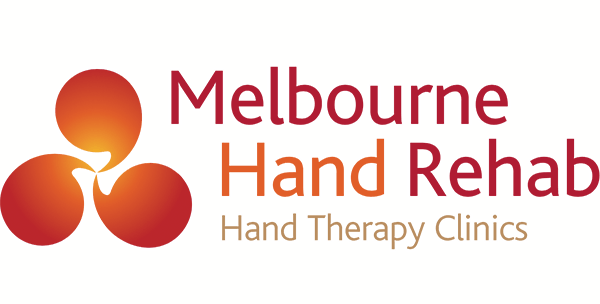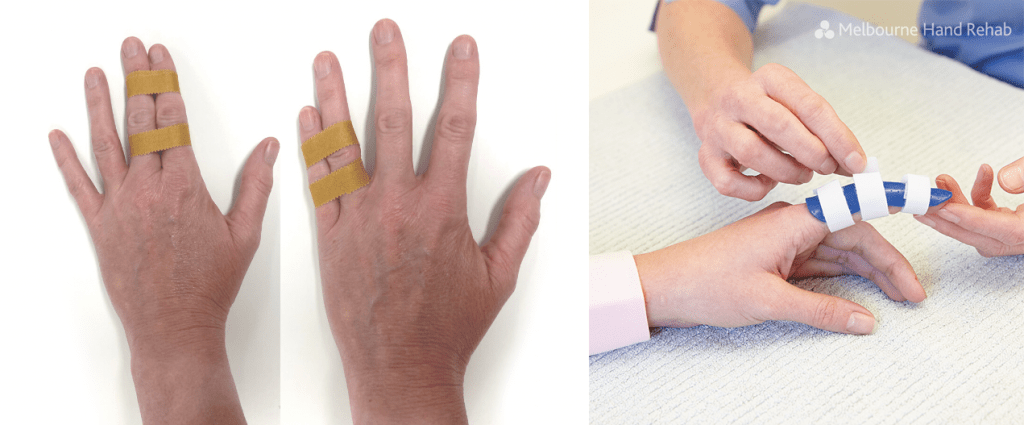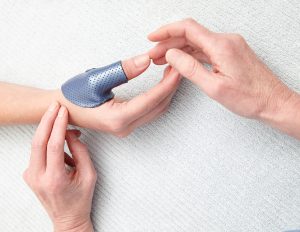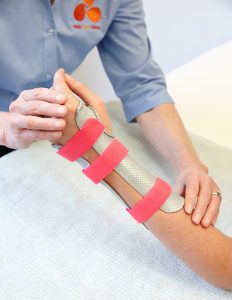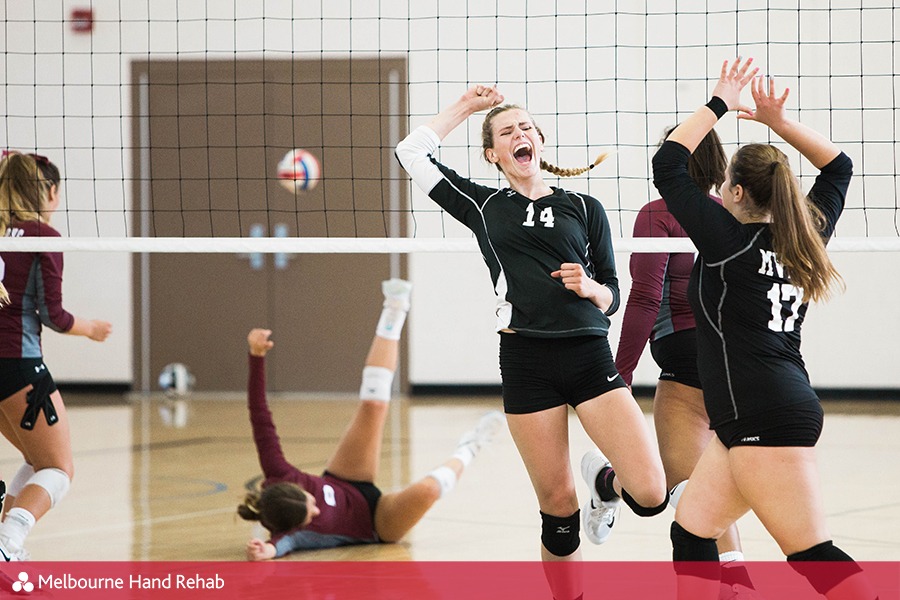
17 May Common upper limb volleyball injuries
Whether you are playing volleyball competitively or socially, it is important to understand how to use your upper limbs effectively to ensure correct technique and prevent injuries.
Some common upper limb injuries from playing volleyball include:
Finger fractures, dislocations and ligament strains
Fingers can be very vulnerable to injury as we use our hands for all aspects of playing, including when we serve, dig, set, spike and block. Any of these movements, if executed incorrectly, can result in finger injuries.
Finger fractures: Depending on the location and severity, can take 6 weeks to heal and up to 8-12 weeks to return to full function. If a fracture is unstable, a surgical opinion may be required.
Finger dislocations and strains: Depending on the grade of strain and location of the injury, this can take roughly 4-6 weeks to heal and up to 8 weeks to return to full function.
If a finger injury is sustained, it is important to immobilise the area (using buddy tape or by securing to a popsicle stick) and visit your GP or hand therapist for assessment and management as soon as possible. The injury will most likely require taping or a finger splint and a tailored exercise program to return to full function.
Thumb UCL sprain
Also known as ‘skiers thumb‘, a UCL strain is where the ligament on the side of the thumb strains or stretches and causes the thumb to become unstable. In severe cases, the ligament will pull part of the muscle away from the thumb and surgery is required. This is called a Stener Lesion.
For low grade strains, splinting or taping can help promote healing. In some cases a hand therapist may be able to fabricate a splint that can be used during games.
Wrist injuries & strains
The wrist is made up of multiple small bones that are stablised by ligaments and tendons. Overuse or overloading at the wrist may cause injury to the tendons and ligaments in the wrist.
Injury to the wrist may require a soft brace or thermoplastic splint to heal the soft tissue and settle painful symptoms.
Shoulder pain – rotator cuff tendonitis
Overhead spiking, serving, blocking and setting can play a part in shoulder injuries, resulting in pain and reduced range of movement. Overuse or overloading too quickly can result in tendonitis in the rotator cuff. This means that the tendons in the shoulder are inflamed or irritated.
Symptoms:
- Pain in the shoulder (particularly when reaching overhead or behind your back), loss of strength, swelling, clicking and stiffness.
- If you have a rotator cuff injury, it is best to rest and commence an exercise program prescribed by a hand therapist. In chronic cases, steroid injections or surgery may be required.
Prevention of injuries in volleyball:
- Warm up/stretching before training and games: cold muscles are more easily injured.
- Cool down at the end of training and games.
- Build your strength slowly over time. Do not overload your tendons and muscles too quickly.
- Ensure that you focus on correct formation of movements. This includes correct posture and core positioning throughout play.
- Drinking lots of water: helps prevent cramps and muscle fatigue.
Tips for playing to avoid upper limb volleyball injuries:
Serving/Spiking
- Swing your arms back and use the full arm momentum to strike the ball.
- Avoid using small movements in the wrist to gain power as this may result in injury.
- Keep your wrist in line with your forearm when you strike the ball.
- The ball should make contact with the palm of your hand, with your fingers close together to avoid hitting the ball in an awkward position.
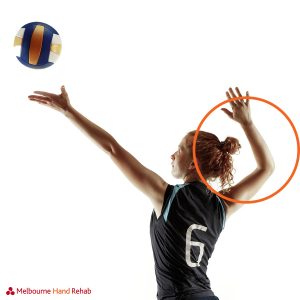
Setting
- Ensure you are directly under the ball when setting.
- Elbows should be slightly bent and slightly above the forehead.
- Thumbs and fingers should form a triangle above head height.
- Relax your fingers before making contact with the ball.
- When setting the ball, make sure you make contact with all your fingers and follow through with the movement by straightening your wrists.
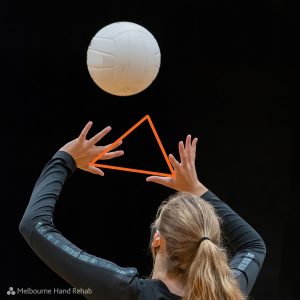
Digging
- Bend your knees and get ready to dig from a lower position. Try get behind the the ball when digging.
- Lock elbows together in a straight position, and make a level platform for the ball to make contact with.
- Keep your wrists in line with your forearm.
- Hold your hands together and tuck your fingers.
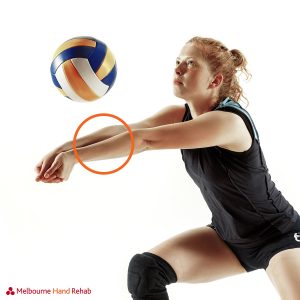
By Sandy McLaren
If you require more information, advice or treatment, come and see your local hand therapist at Melbourne Hand Rehab. We’d love to help you.
BOOK AN APPOINTMENT
For more information, call us directly on 03 9458 5166
To make it easy for you to remember how to care for your fingers and wrist whilst on the field or court, here is a First Aid for Finger Injuries card that you can download for easy reference.
Image credit: Vince Fleming, Unsplash
